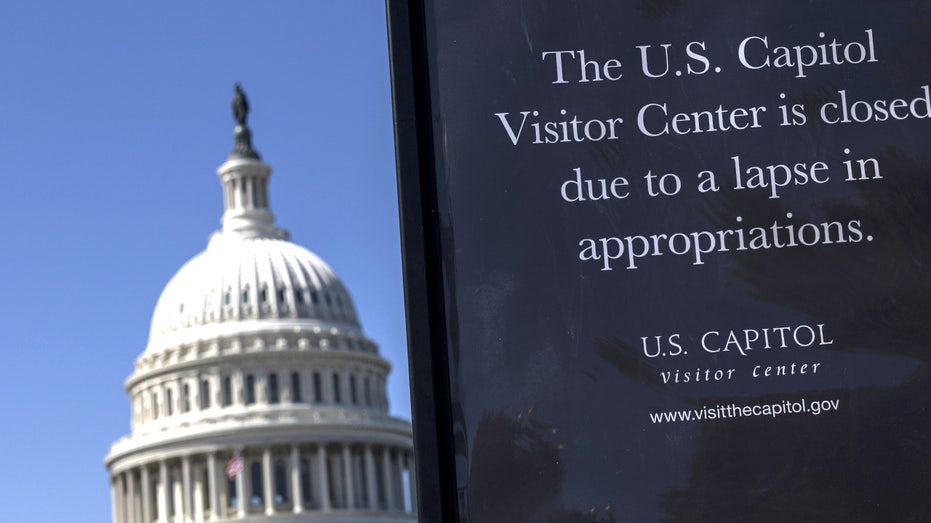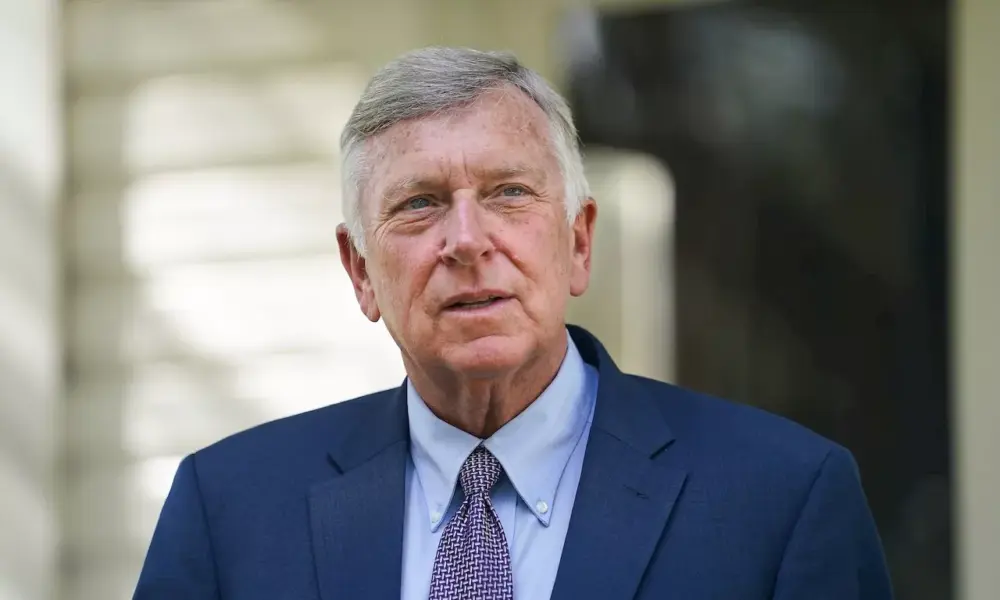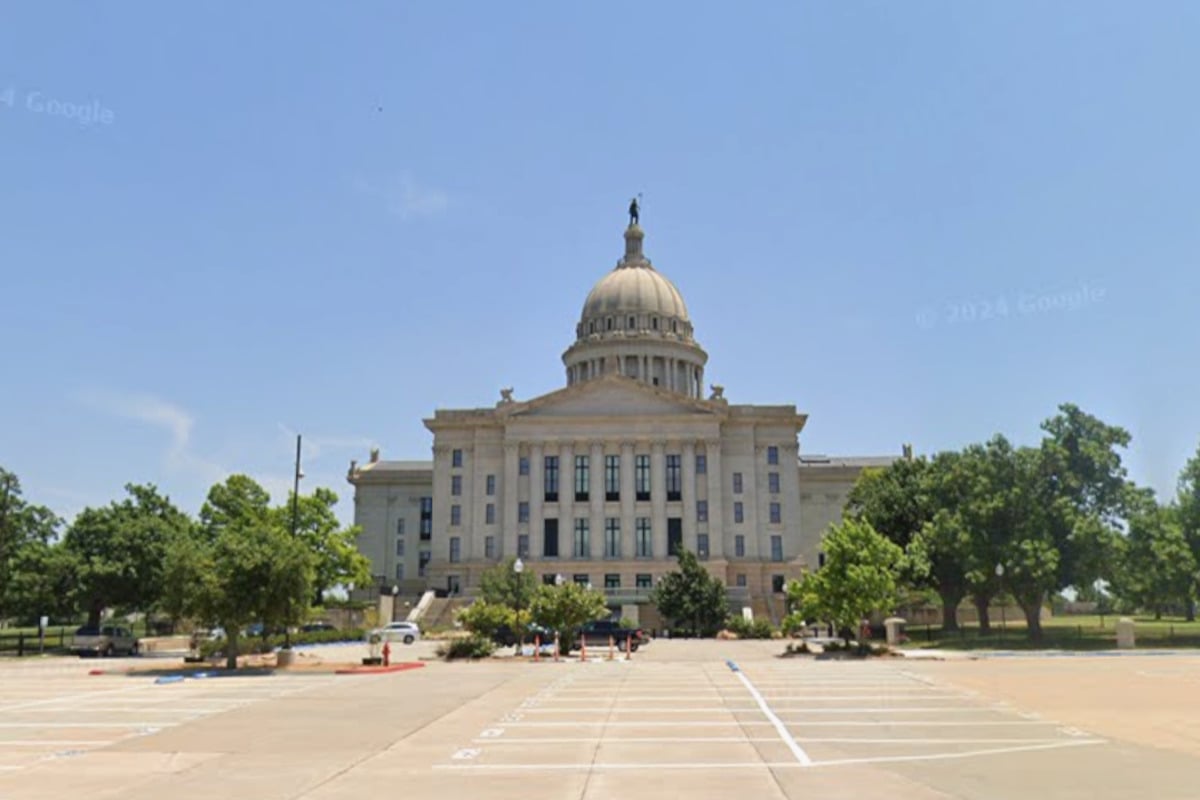After a prolonged standoff, U.S. lawmakers are beginning to engage in negotiations aimed at resolving the government shutdown that has persisted for 37 days. As discussions unfold, there is cautious optimism among some legislators that a potential breakthrough could be on the horizon.
Senator Richard Blumenthal of Connecticut remarked, “There seems to be some indication of a thaw,” reflecting a growing sentiment that both Republican and Democratic lawmakers are increasingly anxious about the implications of the shutdown. The ongoing closure has raised concerns regarding the payment of federal workers and the disruption of critical emergency food benefits, known as SNAP.
While no formal agreement has been reached, the fact that lawmakers are attempting to navigate the legislative process marks a significant shift in momentum. Senator Mike Rounds from South Dakota expressed optimism, stating, “I’m optimistic that we should get something done this week.” His comments came as discussions intensified, with Senator Markwayne Mullin from Oklahoma suggesting a Senate vote could occur as early as Thursday.
As Congress continues to grapple with the ramifications of the shutdown, the current deadlock stems from the need for bipartisan support to lift the record-setting closure. The House-passed interim spending bill from September 19 is no longer a viable option, according to Republicans. It would only fund the government through November 21, effectively leaving Congress back at square one if passed.
Senate Majority Leader John Thune highlighted the urgency of the situation, noting, “We’ve lost five weeks. So the November 21st deadline no longer makes a lot of sense.” In response, Republicans are now considering a longer temporary spending bill that would extend funding through late January. However, any proposal will require cooperation from Democrats to overcome a potential filibuster.
Senate Minority Leader Chuck Schumer acknowledged the complexity of the negotiations, stating after a Democratic caucus meeting, “We had a very good caucus and we’re exploring all the options.” Despite these discussions, uncertainty persists regarding what concessions could attract Democratic support.
Tensions remain high as Democrats express frustration over the Republican approach. Senator Mark Kelly from Arizona commented on the GOP’s intransigence, saying, “It seems they’re pretty dug in and they’re okay, screwing people over on their healthcare.” This sentiment reflects a broader concern among Democrats about the potential fallout from any agreement that may emerge from the Senate.
As the situation evolves, lawmakers on both sides recognize the need for a resolution. House Speaker Mike Johnson remarked, “I don’t think any of us expected that it would drag on this long.” Yet, the path forward is fraught with challenges, and skepticism lingers regarding the likelihood of a swift resolution.
In an effort to break the stalemate, Senate Republicans have proposed a new plan to fund the Department of Veterans Affairs, military construction projects, and the Department of Agriculture, alongside a temporary funding measure for the rest of the government. This proposal would cover three of the twelve federal spending areas that require congressional approval annually.
Despite these efforts, Senator Thune expressed caution, suggesting that while he hopes for Democratic cooperation, the reality is uncertain. “The Dems are having a hard time taking yes for an answer,” he stated.
As the clock continues to tick, lawmakers are acutely aware of the public’s growing frustration. The shutdown’s impact on essential services, including aviation safety, has become a focal point of concern. Senator Josh Hawley from Missouri emphasized the potential dangers, noting that “all it takes is one little accident. And if people die?”
With several lawmakers predicting that a resolution may still be days or even weeks away, the situation remains fluid. The uncertainty surrounding the negotiations underscores the complex dynamics at play in Congress as both parties strive to navigate their priorities and the demands of their constituents.
In summary, while progress is being made, the resolution to the government shutdown is far from guaranteed. As both parties engage in negotiations, the stakes are high, and the need for a bipartisan solution is more urgent than ever.







